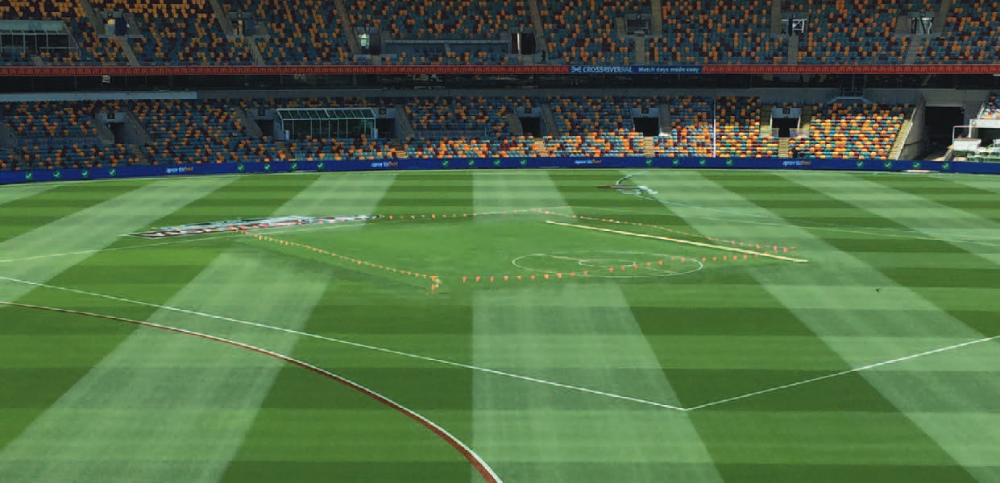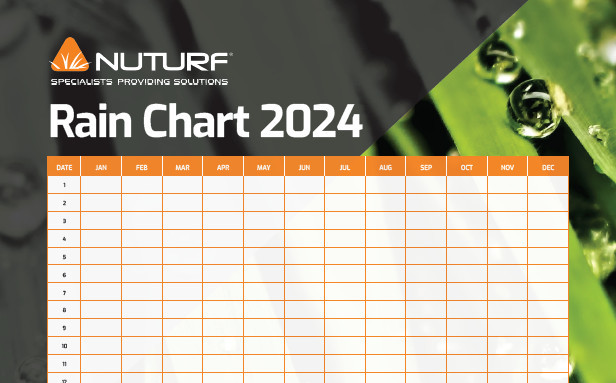Why You Should Use Organic Amendments In Turf Management
Understanding the benefits of organic amendments
Effective management of the growing medium is the key to the production of any good turf stand. A wider understanding of the role and natural benefits of organic matter (OM) in the soil medium has led to the increased use of organic products as a source of long-term nutrient supply and an indicator of soil fertility.
There are two potential sources of OM additions to the soil profile; production by the turfgrass plant itself or contributions through topdressing. Many studies have found that a soil OM concentration of 3 – 5 % is required to realise many of the benefits that are provided to the turfgrass plant.
Maintaining OM levels in this ‘ideal’ range is likely to provide a sufficient and diverse microbial population, an ideal total exchange capacity (TEC), and contribute to a stable soil structure.
Microbial Populations
After any decomposable OM tissue is added to the soil from either source, there is a rapid multiplication in the populations of microorganisms, including bacteria, fungi, actinomycetes and protozoa.
Complex carbon compounds are oxidised to produce carbon dioxide, water, and the formation of new compounds. Microbes also mineralise long chain amino acids to yield inorganic, plant available compounds such as nitrates and sulphates.
Total Exchange Capacity
As decomposition proceeds, microbes slowly break down complex plant components into new, simpler compounds. These simple compounds are broadly termed ‘Humic’ substances and are classified into three chemical groupings based on solubility (Fulvic Acid > Humic Acid > Humate).

In a similar way to clay particles, humic substances have a very high surface area per unit mass. The surface area of humus is also negatively charged and can have a TEC five times greater than that of a clay particle. Therefore additions of an organic matter source containing high levels of Humic substances can provide a significant increase in the ability of the soil (especially inert sands) to retain and exchange nutrient cations.
On the Nuturf complete soil analysis, a TEC of 5- 8 meq/100g is regarded as an ideal level for turfgrass production.
Stable Soil Structure
Organic matter plays an important role in aggregate formation and stability. OM provides a natural ‘glue’ that assists with the formation of larger soil particles. This allows for better oxygen/carbon dioxide exchange, which favours further microbial development. Improvements in soil structure also leads to better turfgrass growth and development through more uniform water infiltration and drainage.
The Composting Process
All of the organic products available have to some extent undergone the composting process where microbes have altered the original material. Composting methods vary greatly in their ability to build particular strains of microbes in the final product.
The ‘Traditional’ composting process (Dynamic Lifter) utilises a pile of material (up to 2 m high) with good moisture and limited oxygen movement throughout. Heat builds to as much as 70 °C as microbial activity develops within the pile. This particular process tends to favour the development of humus with poor stability and the less desirable nitrifying bacteria in the final product.
Observation of the OM levels in the soil (via a soil test) over time provides us with the best indication as to when and what type of OM additions should be made. The plethora of organic products available all affect the three key soil properties (mentioned above) to a differing degree, therefore product selection becomes critical.





